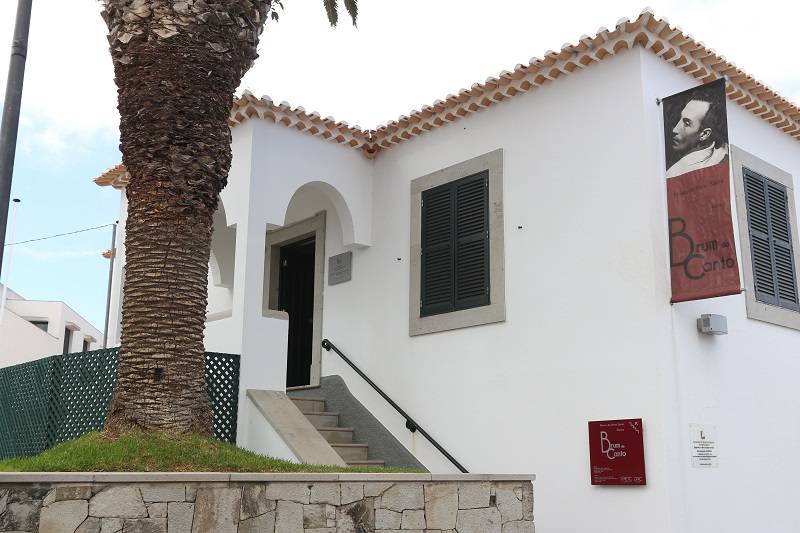COLUMBUS HOUSE – PORTO SANTO MUSEUM
According to oral tradition, Christopher Columbus lived on the island of Porto Santo, in what is now known as Columbus House – Porto Santo Museum, after having married a daughter of Bartolomeu Perestrelo, first captain of Porto Santo. This is where he programmed and prepared his great voyage and conquest of the Indies from the west, between the years of 1580 and 1582, which turned out to be the discovery of American soil. This Landed Property of Municipal interest comprises an urban building, isolated within a walled patio, next to the church of Our Lady of Piety – Main church of Porto Santo. There is also a structure of the XV century, with regional stone divisions, and a framed door. Other evidence of its antiquity are the two windows in pointed arches, with clay brick slips attesting to its gothic style and wooden lintel. It is important to note the vernacular attachment with the introduction of elements which identify the regional architecture, such as the double eaves, the windows framed in stonework, sunscreen battens, oval spyglasses and an exterior bread oven. The other building is from the XVII century, inside of which two dungeons and primitive silos, excavated underground to store cereals, survived. Inaugurated as a museum in 1989, it underwent extensive work in 2003, having, as part of its collection some relevant works of art and artefacts: ethnographic objects and local costumes made in partnership with the Museu do Traje (Costume Museum), paintings of Christopher Columbus, one from the XVII century; engravings; maps/cartography; and an archaeological core, on temporary loan from the Quinta das Cruzes Museum, originally from the Dutch ship “Slot ter Hooge”, from the East India Company and shipwrecked north of Porto Santo on 19th November, 1724 off the coast of the Baía do Guilherme (silver bars with Dutch contrasts, Dutch, Spanish and Mexican brass coins, a tobacco box lid and ceramic fragments).
BRUM DO CANTO NUCLEUS
This nucleus is a way of honouring Jorge Júdice Limpo Brum do Canto (Lisbon, 10th February, 1910 – Lisbon, 7th February, 1994), whose roots are from Madeira and the Azores. His paternal grandmother, Maria Amélia Vaz Teixeira Perestrello Drummond da Câmara Escórcio Henriques Brum do Canto, owned vast property on this island. Jorge Brum do Canto studied in Lisbon where he got a degree in Law from the University of Lisbon. He stood out as a film director, writing plots, adaptations, editing, making soundtracks, special effects and casting, placing cinema in Portugal at the forefront. He was a film critic for the newspaper “O Século” and the magazine “Cinéfilo”. The Brum do Canto Nucleus houses a collection of documents and personal items of the filmmaker, relating to his vast filmography, like “A Canção da Terra” ( Song of the Land) from 1938 which shows the life and the people on the island of Porto Santo, where some of the extras are real people of Porto Santo. It also shows personal objects such as pictures (plaster, oleography, photography), medals, insignias, certificates, trophies, different cinematographic material (reels, films, a clapperboard) and still, an interesting set of drawings about different species of fish, of his own authorship.




